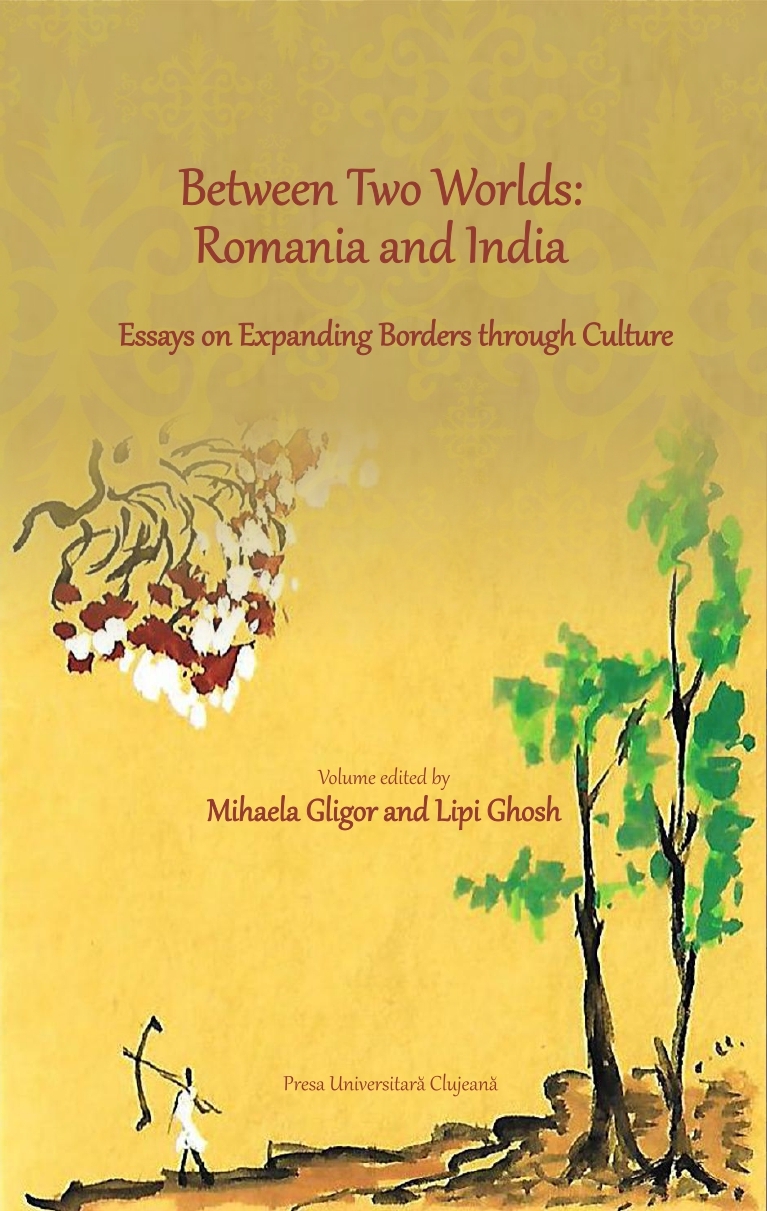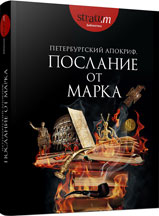
We kindly inform you that, as long as the subject affiliation of our 300.000+ articles is in progress, you might get unsufficient or no results on your third level or second level search. In this case, please broaden your search criteria.

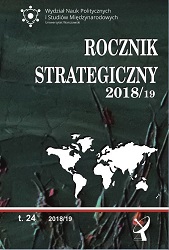

An erudite academic lecturer and researcher in the field of Balkan history, a competent and committed leader and intellectual boheme who dedicated his entire professional lifeto History, to the department of International Relations at UNWE and to higher education in Bulgaria.
More...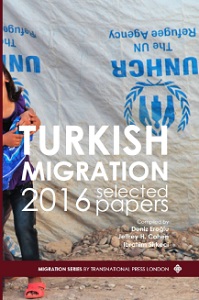
There is more than one definition for ‘migration’. Depending on how one handles the definition of the approach also changes. Reaching a consensus on a perfect definition of migration is almost impossible, since it has too many aspects to consider. In a very broad sense, migration can be defined as the process of the movement and the adaptation of people who move from one place to another for a set of reasons, including but not limited to fulfilling their needs, over a specific period of time (Brown & Moore, 1970). Whichever the definition of migration is taken into account, it is an event that changes almost everything both in the lives of migrating people and the people on the route. In a way, understanding the diachronic changes in history is achieved by looking at the migrations; people arriving at a place tend to change and cause some changes in the culture of the people that dwell in that place which creates a “Demographic Whirlwind” which can be both an opportunity or a threat (Morland, 2014, p. 8).
More...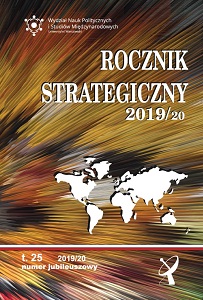






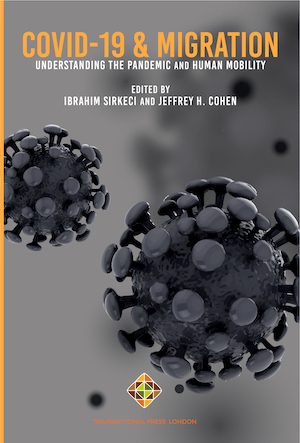
Historically, epidemics have been closely related to population mobility. The COVID-19 outbreak is special in that, population mobility in China in the year 2020 is not only unprecedentedly prevalent and frequent, but has also become a prerequisite for the economy and many people’s livelihoods. The circulation of goods and the movement of people are arguably more important than assembly lines in factories in sustaining economic growth. The COVID-19 epidemic and the subsequent responses are particularly impactful because they abruptly halt what we may call a “mobility economy”.
More...
The Novel Coronavirus Disease 2019 (COVID-19) began to spread since December 2019 from Wuhan, a centrally located city in China with a population of 11 million, to almost all provinces throughout China and 213 other countries. On February 19, 2020 (when this work was completed), a total of 74,579 cases of COVID-19 infection were confirmed in China, and the death toll reached 2,119. Moreover, as human-to-human transmission had been found to occur in some early Wuhan cases in mid-December (Li et al., 2020), the high volume and frequency of movement of people from Wuhan to other cities and between cities was an obvious cause for the wide and rapid spread of the disease throughout the country. Prior study also suggested strong correlation between the spreading of infectious diseases with intercity travel (Colizza et al., 2006). The Susceptible-Exposed-Infected-Removed (SEIR) model has traditionally been used to study epidemic spreading with various forms of networks of transmission which define the contact topology (Diekmann, Heesterbeek & Britton, 2013), such as scalefree networks (Pastor et al., 2001; Boguna et al., 2003; Small & Tse, 2006), small-world networks (Small & Tse, 2005), Oregon graph (Wang et al., 2003; Chakrabarti et al., 2008), and adaptive networks (Gross, D’Lima & Blasius, 2006). Moreover, in most studies, the contact process assumed that the contagion expanded at a certain rate from an infected individual to his/her neighbour, and that the spreading process took place in a single population (network).
More...
The history of the Pandemics makes a significant impact on the memory and behavior of the affected communities. It is important to study the connection between human mobility and the spread of viral infection. Specifically, we aimed to investigate whether there was a correlation between Mobility Trends and the spread of Covid-19 virus. Thus, in the conclusion it should be noted that the intensity of pedestrians, traffic and transit traffic during the study period, on average, after 15-20 days, affected the spread of the virus. If there was a positive slope and correlation coefficient between the variables presented in the period 22.01.2020 - 11.03.2020 (before the announcement of the pandemic), in the period 12.03.2020 - 14.04.2020 (after the announcement of the pandemic) the slope and correlation coefficients received negative values between the study variables, which indicates That on average, after 15-20 days, Due to the intensity of the movement, the center of the virus spread is identified, and the intensity of the movement itself is decreased.
More...
This chapter is an attempt to imagine the policy environment and socio-economic spaces of what a post pandemic SA could be for immigrant small/micro business entrepreneurs, who are owners of ‘spaza’ shops. I present a focused gaze for this sub set of immigrants (developing the informal economy in SA) who have been experiencing a cornucopia of challenges pre-pandemic and during the pandemic based on their status as immigrant entrepreneurs, the most pronounced of which has been xenophobia which is cocooned within the explicit aim of purging South Africa of immigrants. It is for this reason that I trace the realities of the landscape pre COVID-19 and during the pandemic before offering up three ‘imaginations’ (O’Tuathail, 1996) as possibilities for the future of immigrant spaza shop owners. I draw on existing securitization policies, political utterances and practices, socio-economic events and immigrants’ experiences in post- apartheid South Africa which has created particular ‘auras’ ( Roy, 2005) and anti-immigrant discourses that provide some insights into what a post pandemic future could be.
More...
One of the main results of the health crisis caused by the expansion of the coronavirus in Mexico is the plunge of the economic activity and the consequent reduction in employment. The pandemic adds to the negative performance that both the economy and the employment rate had been showing in the country. In January 2020, before the first COVID case, ILO had already estimated an increase in the unemployment rate in the country in 2020 and 2021. On the other hand, economic activity fell in Mexico -0.1 in 2019, which shows that Mexico was experiencing a recession before the pandemic onset.
More...
No one escapes insecurity today. It is one of the most basic human experiences, more pronounced in others depending on their personal and social circumstances. Personal insecurities refer to the subjective feeling of anxiety and to the concrete lack of protection. This paper attempts to interrogate collective insecurity particularly among migrant workers. The paper likewise argues that such experience gives rise to a form of collective resistance which has become more pronounced within the context of the coronavirus pandemic. In this paper, we argue that migrant insecurity is a collective experience, and is all the more heightened in the context of the coronavirus pandemic. (see for example, Cohen, 2020). We further argue that forms of resistance have been developed as a response to collective insecurity.
More...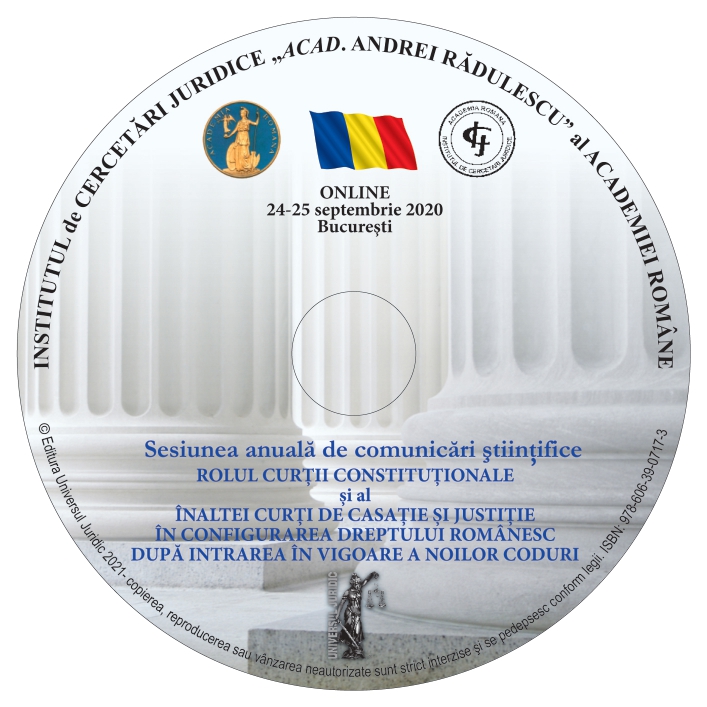
The right to a fair trial and settlement of cases within a reasonable time is a rule taken over by the Romanian constituent from the European Convention for the Protection of Human Rights and Fundamental Freedoms the ultimate purpose of which is to assure the quality of justice delivery, and effectively secure the fundamental right of free access to justice for the persons seeking justice. In civil proceedings, the judge draws conclusions and renders a judgment on the basis of the evidence produced in the case – da mihi factum, dabo tibi ius. The judge’s intimate belief as to the truthfulness of the facts presented relies on a correct and complete evidence production exercise, as well as on the value of the evidence thus produced. In the civil proceedings heard by the Romanian courts of law, evidence is usually produced in the written stage of such proceedings. The New Civil Procedure Code contains general provisions about the production of evidence which were not available in this form under the previous legislation. The law-maker rendered the exercise of a right conditional upon the effective exercise thereof within a certain period of time with a view to putting in place an indispensable climate of order, and thus preventing any abuses and protecting the rights and legitimate interests of the other parties, but without prejudice to the realization of the free access to justice
More...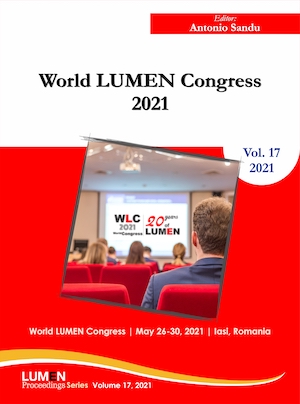
Approximately 75% of the urban settlements in Romania are superimposed or are tangent to at least one natural protected area, these not being integrated from the point of view of their regulation in the urban strategies and in the urban planning regulations. From a spatial point of view, this type of relationship often represents a contrast between the urban fabric and the quasi-natural fabric. However, in the regulatory or strategy instruments for the development of urban settlements, where such contrasts exist, they are only integrated at the border level. The ecotone is, in most cases, the only element mentioned in urban planning instruments and is approached as a land that can only function in isolation and that in no way can support urban development. This reluctance and fear of approaching natural protected areas, also negatively influences the conception of the community, investors and the administration. Urban actors are not informed and therefore not motivated, but neither do they have the opportunity to get involved in the conservation and protection process. The purpose of this article is to research urban and biodiversity strategies at E.U level, to identify gaps in the formulation of urban planning tools, what are the reasons behind generating these gaps and how they can be eliminated, or at least mitigated. The analysis will focus on some models of urban strategies which address natural protected areas, but will also consider related elements, directly related to their conservation, urban ecology and the involvement in the process of urban actors.
More...